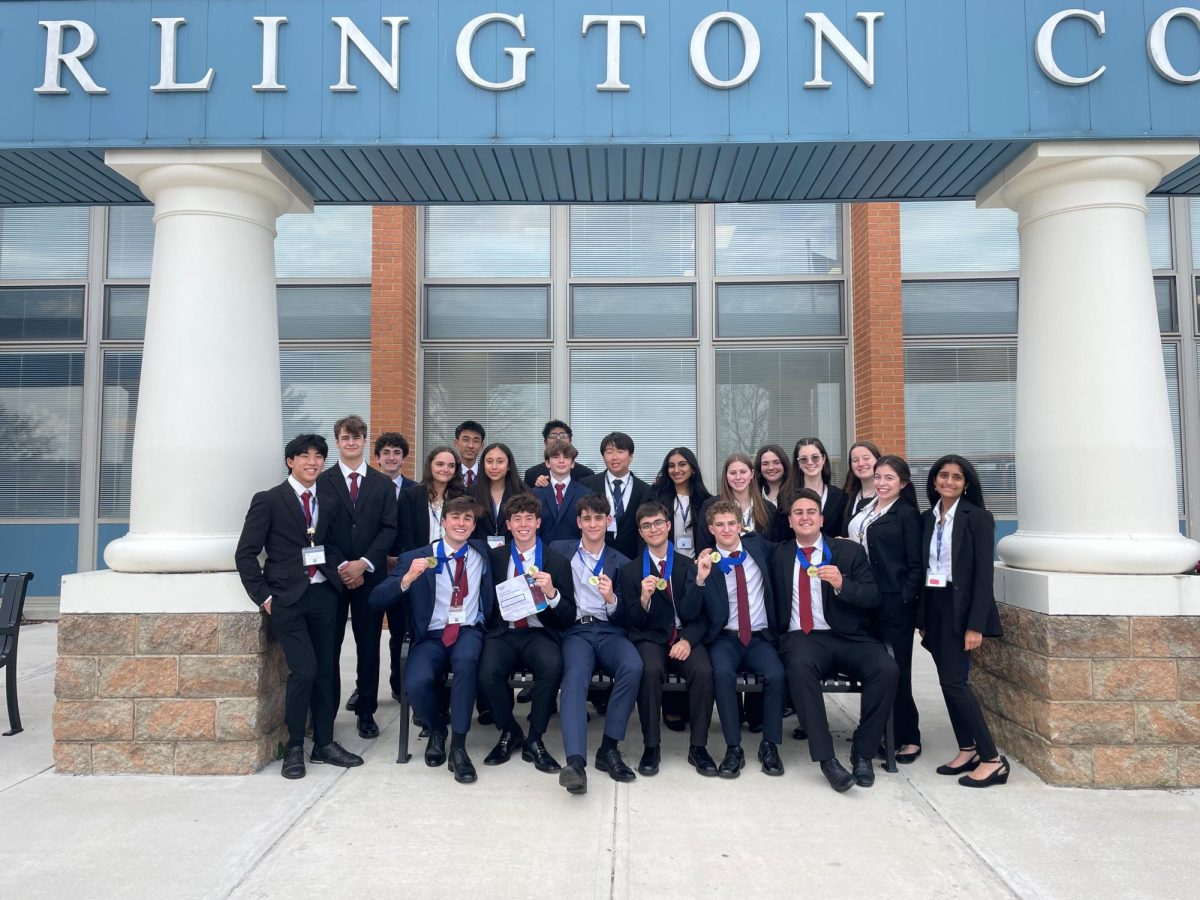On January 20th, 2025, President Donald Trump was inaugurated and issued several executive orders that have sparked significant discussion and debate. Below is a concise summary of these orders.
Economics
President Trump signed executive orders imposing additional tariffs on imports from Canada, Mexico, and China, effective February 4, 2025. According to the New York Times, the tariffs include a “25% levy on imports from Canada and Mexico, with Canadian energy resources facing a lower 10% tariff, and a 10% tariff on imports from China.” The administration states that these measures aim to hold these countries accountable for halting illegal immigration and stopping the flow of fentanyl and other drugs into the U.S. China, Canada, and Mexico have placed a tariff on US goods in response, potentially leading to higher consumer prices. Reuters reports that President Trump acknowledged the possibility of “short-term” pain for Americans due to these tariffs.
Immigration and Citizenship
In a move challenging the 14th Amendment, President Trump issued an executive order attempting to end birthright citizenship, stipulating that children born in the U.S. must have at least one parent who is a legal citizen to obtain citizenship. This action is expected to face legal challenges. President Trump’s immigration executive orders have additionally ramped up efforts to detain and deport undocumented immigrants. The administration argues these measures enhance national security and uphold the rule of law, while opponents claim they violate civil rights. In addition, ICE has been given daily deportation quotas, and as of early February 2025, over “8,000 migrants” have been detained in major cities or deported under the new system. The Sun reports that, “ICE raids have intensified, and thousands of migrants face potential expulsion without due process.” The administration is focused on ending “catch-and-release” policies, targeting both violent and non-violent immigrants. Legal challenges to the measures are expected as they face opposition on constitutional grounds.
Diversity, Equity, and Inclusion
President Trump’s executive orders have targeted Diversity, Equity, and Inclusion (DEI) programs within federal agencies and the military. This has led to significant personnel shifts. Supporters argue the move eliminates divisive policies, while critics say it weakens efforts to address racial disparities. NPR reports, “The Trump administration is moving to put employees in federal diversity, equity, and inclusion programs on paid leave by 5 p.m. Wednesday.” As of February 2025, federal agencies have already seen a rise in resignations, particularly in departments dealing with DEI initiatives. According to The New York Times, “At least 1,200 employees across the federal government have left or been reassigned due to these changes.” Some view the rollback as a step toward fairness and neutrality in hiring, while others worry it will reduce minority representation in federal agencies. As The Washington Post notes, “While some view the decision as a step towards equality, others worry it undermines progress made over the past decades.” The policy’s full effects are yet to be seen.
Education
President Trump’s administration is considering steps to dismantle the Department of Education and freeze federal grants and loans, a move supporters say reduces government overreach but critics argue could hurt access to higher education. This could significantly affect federal student aid programs like the Free Application for Federal Student Aid (FAFSA). Wipfli states, “The administration has proposed ending government-backed student loans and subsidies altogether, shifting student lending to private banks.” Supporters believe this will encourage market competition and fiscal responsibility, while opponents warn it could make college less accessible by increasing financial burdens on students and families, especially those from low-income backgrounds. According to a 2024 report by the National Student Loan Center, “43 million Americans hold student loan debt, totaling over $1.6 trillion.” The proposed changes are already generating legal challenges and policy debates, with stakeholders calling for more transparency and a broader discussion about the future of higher education funding. Whether FAFSA falls under such conditions remains uncertain.
These policies are current as of February 5th, 2025, and continue to spark debate and legal challenges. Their long-term effects on trade, immigration, diversity programs, and education remain uncertain. For more information, visit https://www.whitehouse.gov/presidential-actions/.




